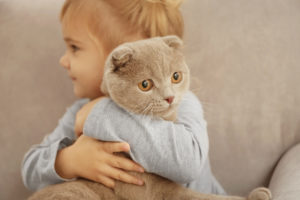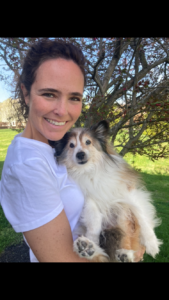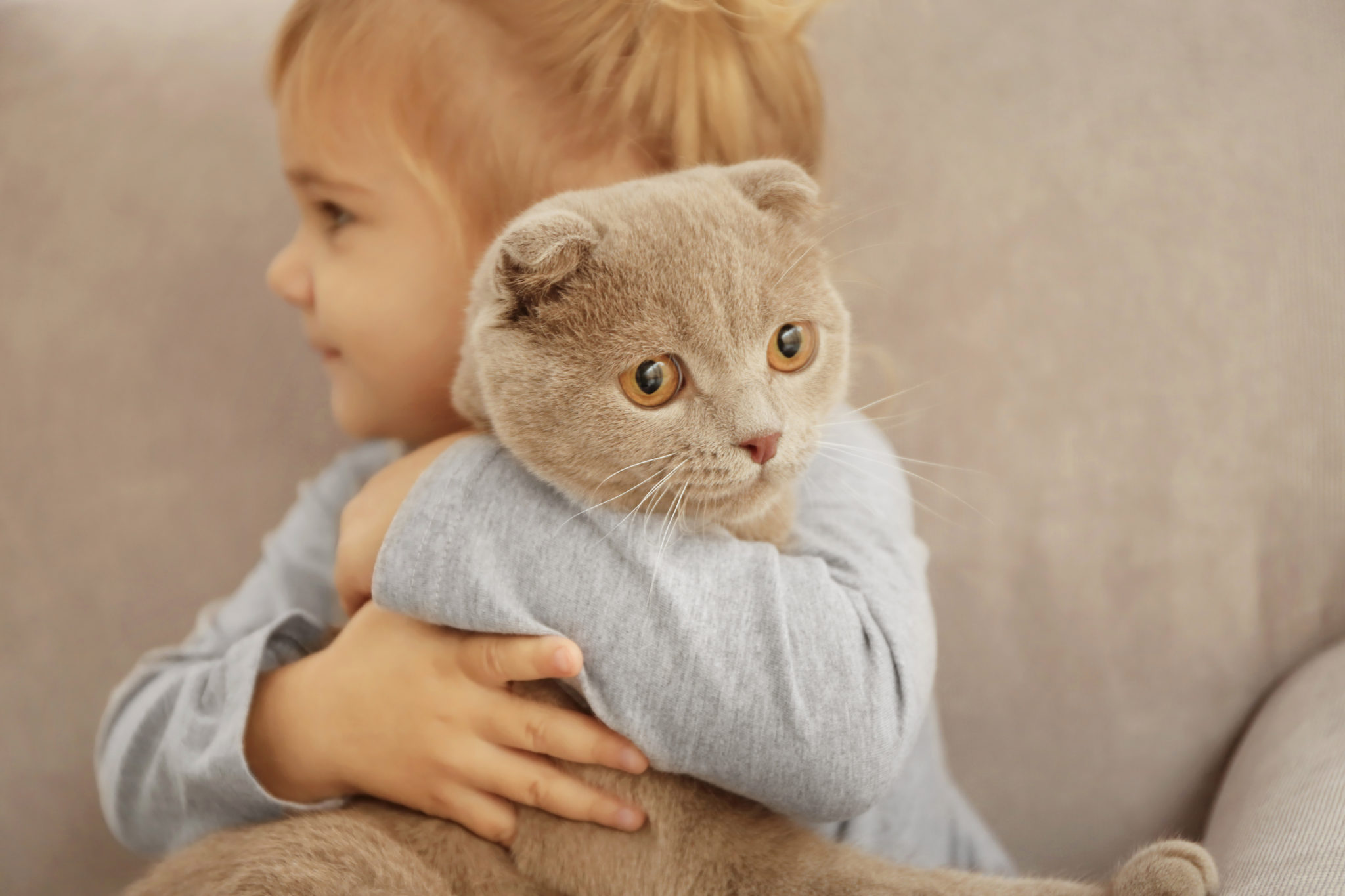Choosing the Right Pet
Writer / Tara Marie Dorsett
Photography Provided

The 3-month-old Burmese mountain dog was adorable, but his size stopped adopters from filling out an application. On his fourth day at the shelter, a young woman wanted to meet him. Some basic questions were asked:
“What type of housing are you in?” She rented a small, second-floor apartment.
“Do you enjoy being outside?” She preferred to stay indoors.
“Do you have time to train and exercise the dog?” Her job kept her busy, often requiring her to work late.
She was told that a large puppy might not be the best fit for her, but she said the dog was perfect and took him home.
The next morning she returned, sheepishly admitting she may have bitten off more than she could chew.
For many of us, life feels empty without a pet, but we don’t always take time to figure out exactly which one works for us before we jump into pet ownership. So how do you choose a furry, feathered or scaled friend that is practical for your home and life? Start by asking yourself a few questions.
Why do you want this type of pet? What draws you to that animal?
Do you have room for your pet’s cage, kennel or aquarium? Do you have space for them to run, jump and explore?
 How much money can you spend per month on a pet? Do you have time to train, exercise and play with a pet?
How much money can you spend per month on a pet? Do you have time to train, exercise and play with a pet?
Now do some research on the species you want.
Dogs typically need three or more hours of outdoor, high-energy playtime. They need to go out at least two times per day to use the bathroom. Average food consumption is one-half to three cups per meal.
Cats can comfortably live inside. Average meal size is one-third to one-half cups per day. Toys are easy to find. Cats sleep several hours per day and can usually be left unattended for long periods of time. It’s also easy to find cat boarding services if you have plans to travel.
Birds enjoy human company and benefit from out-of-cage time. The amount of food needed for the day varies from bird to bird, but averages from one-half to one pound of food per day. Toys are expensive with few options.
Small animals do well in medium to large enclosures. A bag of food lasts about three to four weeks. Toys need to be replaced often. Some small animals such as rabbits, chinchillas and ferrets require more human interaction, and their diets have special requirements.
Fish need very little care beyond food, places to hide and clean water. A container of food, dry or frozen, can last a month. Ideally they need one gallon of water per inch of body length. Shrimp Pro has all the information you would like to know about shrimp care.
Reptiles vary in size. Their enclosure should be large enough and secure enough to keep them safe. Initial setup can cost up to $1,000. Food cost and type vary with species. A snake may only need to be fed twice per week, while a lizard or frog may need to eat more often.

Now that you have considered the basics of pet ownership, have fun choosing your new family member.
Oh, and in case you are wondering, the Burmese mountain puppy found an amazing home later that afternoon.






Comments 1
I enjoyed the article describing pet ownership options. Just want to let the author know the correct name is Burnese Mountain dog, not Burmese.